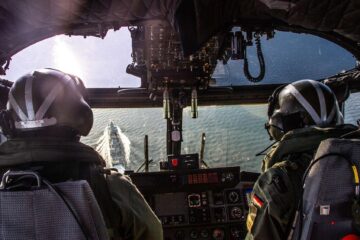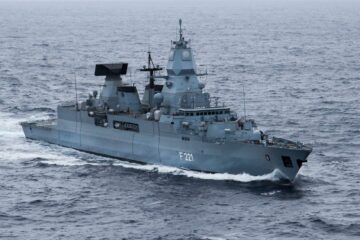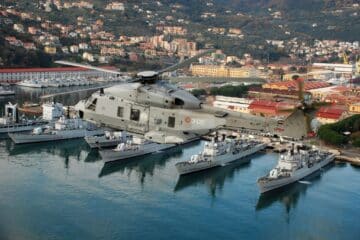The Inspector General has opted for an oiler which has much more operational and logistical capabilities than the current Type 704 Rhön-class tankers. These two Type 704 ships were commissioned in 1977 and have a cargo capacity of around 11,500 cubic meters. The new fleet tankers, on the other hand, should be able to deliver 15,000 cubic meters of fuel.
In addition to a larger loading capacity, the proposed design offers further advantages. Including, for example, a higher speed to better keep up with frigates. The new tankers should be over 20 knots fast compared to the 16 knots of the « Rhön » and « Spessart » vessels. The two double hull tankers of the future Type 707 class are to be available to the fleet beyond the 2050s.
Of course, these and other features, such as the larger payload, will make the new ships bigger: they will be around 170 meters long, with a displacement of more than 20,000 tons. However, they keep the same draft as their predecessors: 8 meters. This allows their mooring in the Wilhelmshaven naval base, without the port needing to be deepened for larger ships. The ships will have the same 42-strong crew than the Type 704 tankers.
The future ships ensure that Germany can meet specific to NATO obligations in terms of naval logistics: the provision of a total of five “Logistics Ships Small” from 2024 – namely the three Type 702 Berlin-class replenishment ships and the two fleet tankers of the German Navy.
From January 2019, the German defense procurement agency BAAINBw will install a fixed project group that will manage the procurement process in the coming years.
Specifications compared: Type 704 (Rhön-class) / Future Type 707
| Length | 130 Meters | 170 Meters |
|---|---|---|
| Width | 19 Meters | 24 Meters |
| Draft | 8 Meters | 8 Meters |
| Speed | 16 Knots | 20 Knots |
| Displacement | 14.200 Tons | > 20.000 Tons |
| Fuel capacity | 11.500 Tons | 15.000 Tons |
| Container stations | 2 | 20 |
| Crew | 42 | 42 |






